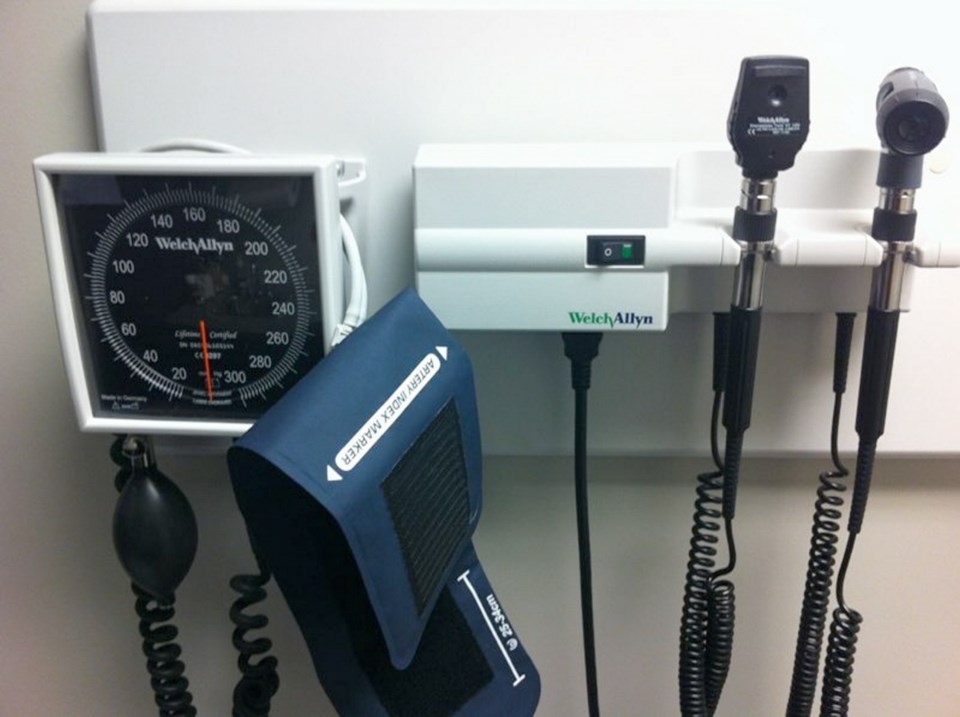A commentary by a Victoria physician.
When I opened my Times Colonist and read Lawrie McFarlane’s column, “Doctors’ association largely to blame for underpaid GPs,” I was primed and really to retort in support of my association. However, McFarlane got it right. Really right, on so many levels.
First, he is spot on in that family medicine is underpaid. I am one of the medical (in fact surgical but not an ophthalmologist) specialists to whom he refers.
I would argue that family medicine is also a specialty, and a difficult one. So difficult that I decided I couldn’t do it.
He is also correct in that money isn’t everything and our new graduates are teaching us that lifestyle is important.
Those of us who have been in the business for a few years (I graduated in 1977) often sacrificed too much and didn’t have our priorities sorted out appropriately.
McFarlane is also absolutely correct with respect to the relative value of some of the specialists’ procedures.
Quite appropriately, he focused on ophthalmology. Ophthalmologists are amazing these days and can preserve and enhance vision like never before. They have embraced new technology and, as suggested, this has made many of their procedures easier and less risky. Lucky for us and lucky for them.
However, the fees for some of these procedures now fail to reflect this improved technology and the surgical times and post-operative care required.
As a surgery resident I can remember assisting ophthalmologists as they carefully removed a diseased lens and then placed a rigid prosthetic lens in a patient under general anesthetic. It was a lengthy procedure.
Once completed, the team gently lifted the patient from the operating table and onto a bed. Not a stretcher but a bed, as that is where they would reside, in a dark room with sand bags immobilizing their head for several days. It was a big deal!
As McFarlane correctly states, these procedures now take 10-15 minutes. They are done under a local anesthetic and as outpatient procedures.
Again, lucky for us and thank you to the ophthalmologists who have this skill set. Also correct is that the fee structure that was once warranted is no longer appropriate.
(Having said that, I also must say that fees for physicians in Canada do not adequately reflect the training commitment, both initially and the continuing medical education requirements or the risks inherent in treating patients. Go just south of parallel 49 to see what medical care really costs!)
McFarlane astutely points out that gross earnings are not at all representative of what physicians take home. Overheads range from 25 per cent to more than 65 per cent.
Finally, for the last of my kudos to McFarlane. He is correct, the British Columbia Medical Association (now called Doctors of B.C.) didn’t have the resolve to correct this when they attempted to do so many years ago.
All of us in the profession recognized fee disparity as a major problem. (Have a look at The BCMA, Then and Now. The header on page 69 reads: No other issue has bedevilled the BCMA after the start of medicare as much as disparities in earning potential between doctors in different specialties.)
In the early 1990s, a committee of the BCMA was struck to come to grips with this problem of creating a relative-value fee guide. Years of work by very good people yielded a draft of such a guide. But when it came time to adopt it, special interest groups within the association threatened legal action, an action that would likely have fragmented the association. The BCMA folded its tent and acquiesced. It was a dark time for the profession, the association, individual physicians and the public.
Lawrie, thank you for the history lesson. You nailed it.



